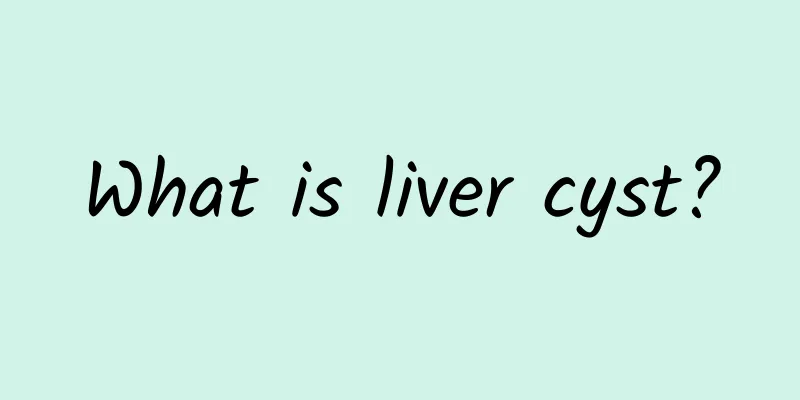What is the diet for chronic glomerulonephritis?

|
Chronic glomerulonephritis is abbreviated as chronic nephritis. Its main clinical manifestations are proteinuria, hematuria, hypertension, edema, etc., and the onset of the disease varies. So what should patients with chronic glomerulonephritis pay attention to in their diet? 1. Protein supply and meal matching For patients with relatively stable conditions, such as no edema or mild edema, normal blood pressure, and little urine protein loss (about 1 to 2 grams per day), a normal diet can be given. The supply of protein can be controlled between 0.8 and 1 gram per kilogram of body weight per day. Try to choose high-quality protein and distribute it reasonably between meals to avoid increasing the burden on the kidneys by consuming a large amount of protein food at one time. If the patient has a large amount of urinary protein loss or low plasma protein, in the absence of azotemia, the protein supply in the nutritional therapy diet can be increased appropriately, about 1 gram per kilogram of body weight per day. If chronic nephritis occurs acutely, the dietary protein intake can be controlled according to the dietary treatment principles of acute glomerulonephritis. The main sources of protein food are high-quality protein, such as fish, shrimp, poultry, lean meat, animal liver, blood products, eggs, milk, and an appropriate amount of soy products or nuts. Special attention should be paid to food safety issues. 2. Limit sodium intake Patients with generally stable conditions and mild edema should also limit sodium intake appropriately, keeping it within 4 grams per day. For patients with severe edema or hypertension, the intake should be limited to 2 grams, or a salt-free diet should be given. Various condiments and foods with high sodium content should be strictly controlled. The salt content of every 20 ml of soy sauce is 2 to 3 grams. Sodium-free condiments such as sugar, vinegar, tomato juice, salad dressing, etc. can be used for seasoning. At the same time, the cooking method or seasoning should be arranged according to the principle of individualization to ensure the nutritional treatment effect. 3. Energy supply and carbohydrate selection The energy supply should be appropriately increased, and a relatively high-energy nutritional therapy diet should be given to prevent the decomposition and conversion of protein into energy and affect the effect of nutritional therapy. Therefore, in addition to essential fats, the main source of energy should be carbohydrate-rich grains and potatoes. Three main meals and snacks a day must contain sufficient carbohydrate foods to ensure energy supply. 4. Selection and matching of vitamin and mineral foods Vitamins should be comprehensive and sufficient, especially vitamin A, vitamin C, and folic acid and B12 in various B vitamins to prevent anemia and improve immune function. Choose local seasonal fresh vegetables, fruits, and mushrooms to accompany meals. They are also rich in various minerals, especially magnesium, potassium, calcium and other elements that can regulate blood pressure. Foreign studies have shown that daily intake of 500 mg of vitamin C can lower blood pressure. Therefore, it is recommended that patients with hypertension eat 500 to 600 grams of vegetables of different colors every day, which has a significant blood pressure lowering effect. |
<<: What is the correct sleeping position for a pregnant woman in her 6th month?
>>: What causes chronic nephritis and what are the common causes?
Recommend
Who are the consumers of Cordyceps sinensis?
Cordyceps sinensis is a very precious Chinese med...
An eleven-year-old girl has acne on her face?
Children are in adolescence, which is the time wh...
It’s a pity to throw away the rice water! No one knows its medicinal value.
Many of you may have heard that washing your face...
What should I pay attention to when taking Chinese medicine to treat irregular menstruation
Menstruation is a very important physical charact...
What are the effects and functions of Achyranthes bidentata
Achyranthes bidentata is a plant whose roots can ...
Pituitary tumor amenorrhea
Pituitary tumor is a relatively common oncologica...
What do the fifteen collateral vessels represent? What are their functions?
The twelve meridians and the Ren and Du meridians...
What happens if the tooth remains are not removed?
In many cases, teeth will have residual roots, su...
Can I take a foot bath during my period?
It is best for women not to take a foot bath duri...
What does a weak positive urine hcg test mean?
A weakly positive result in urine hcg test is a f...
What to do with swollen calves
It is easy for female friends to experience calf ...
Benefits of Kombucha
Black tea is just a kind of substance beneficial ...
Recipes for treating cerebral infarction, choose these four most reliable
At present, most patients with cerebral infarctio...
What are the early symptoms of norovirus?
Norovirus is a virus that causes non-bacterial ac...
Symptoms of bursitis
Bursitis is divided into acute bursitis and chron...









